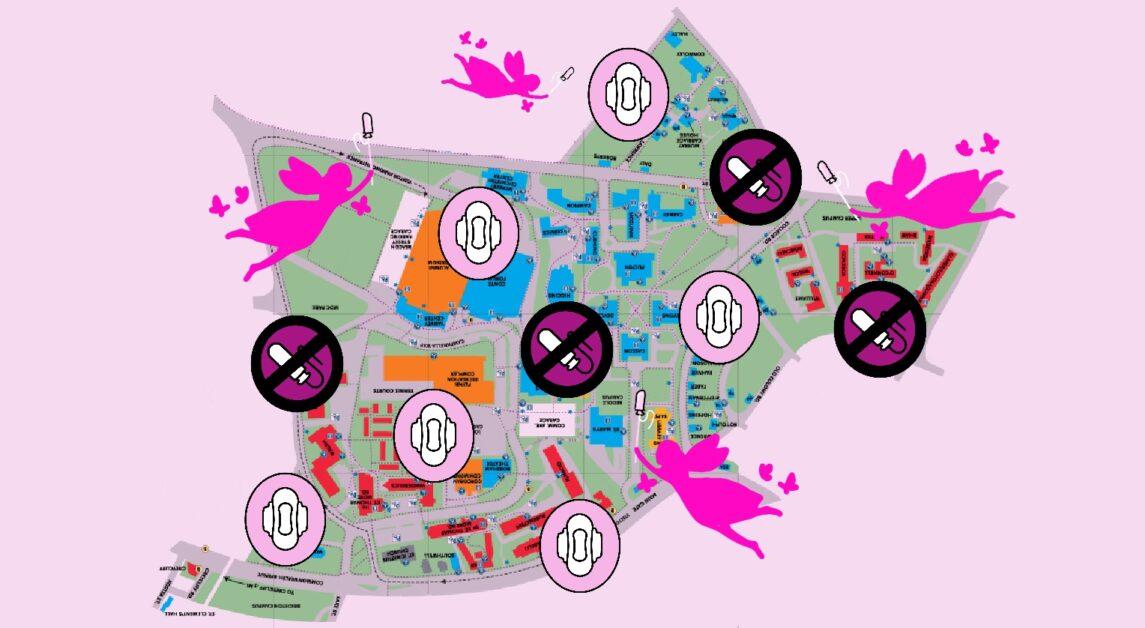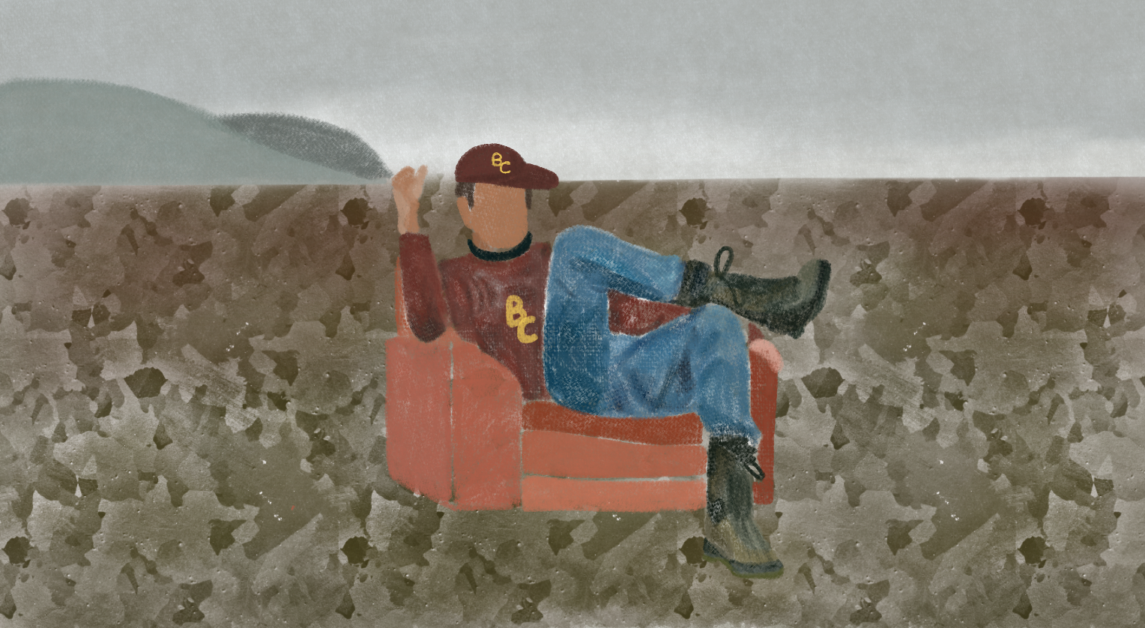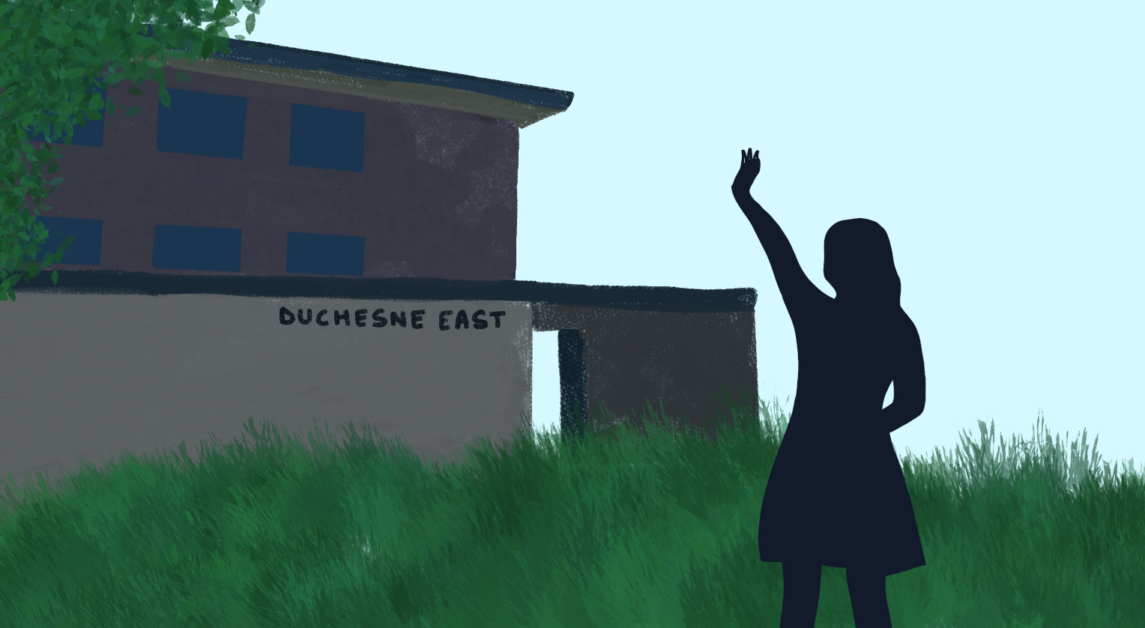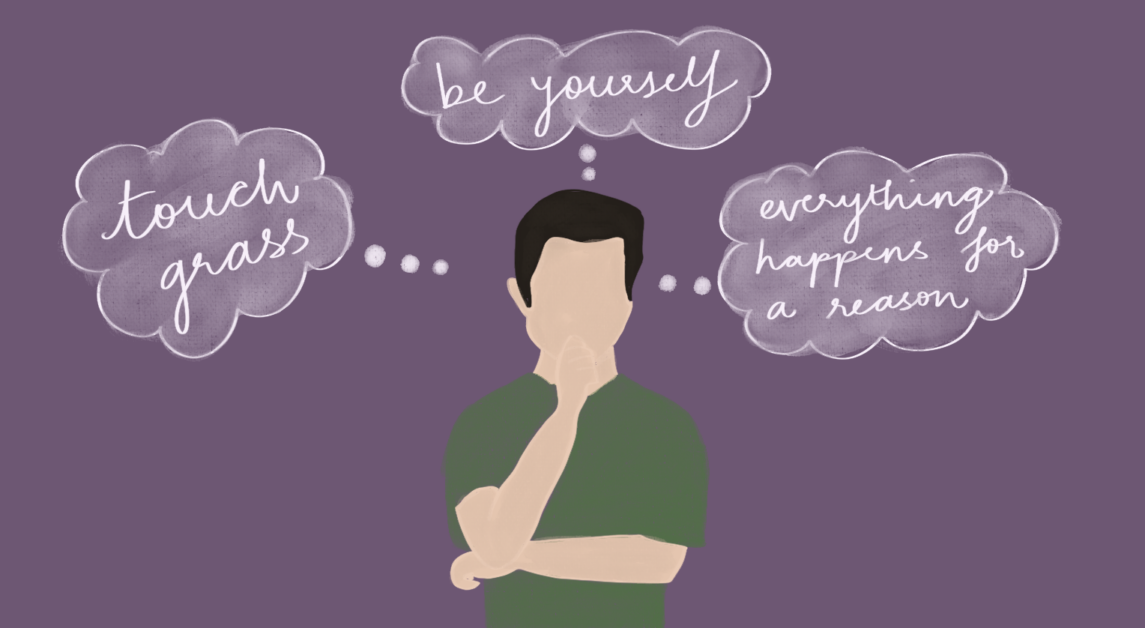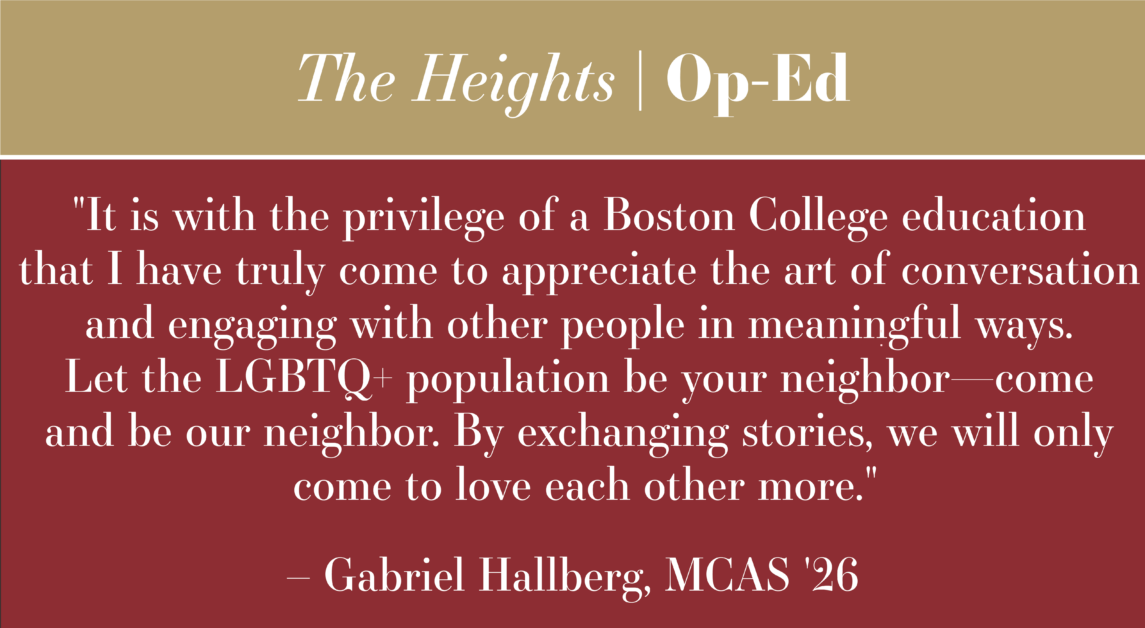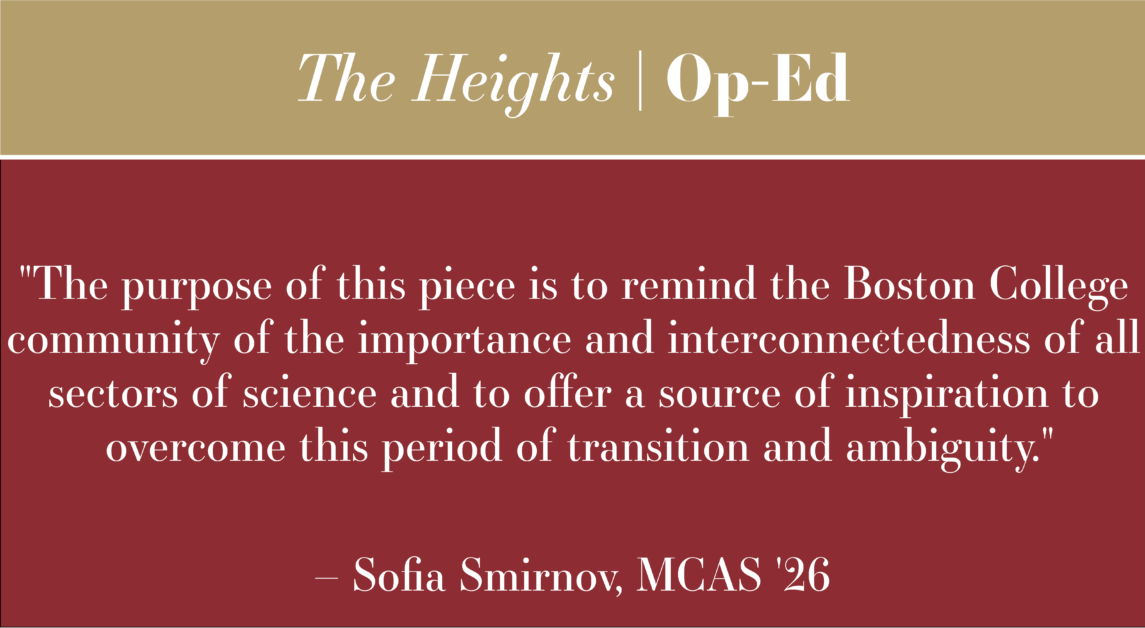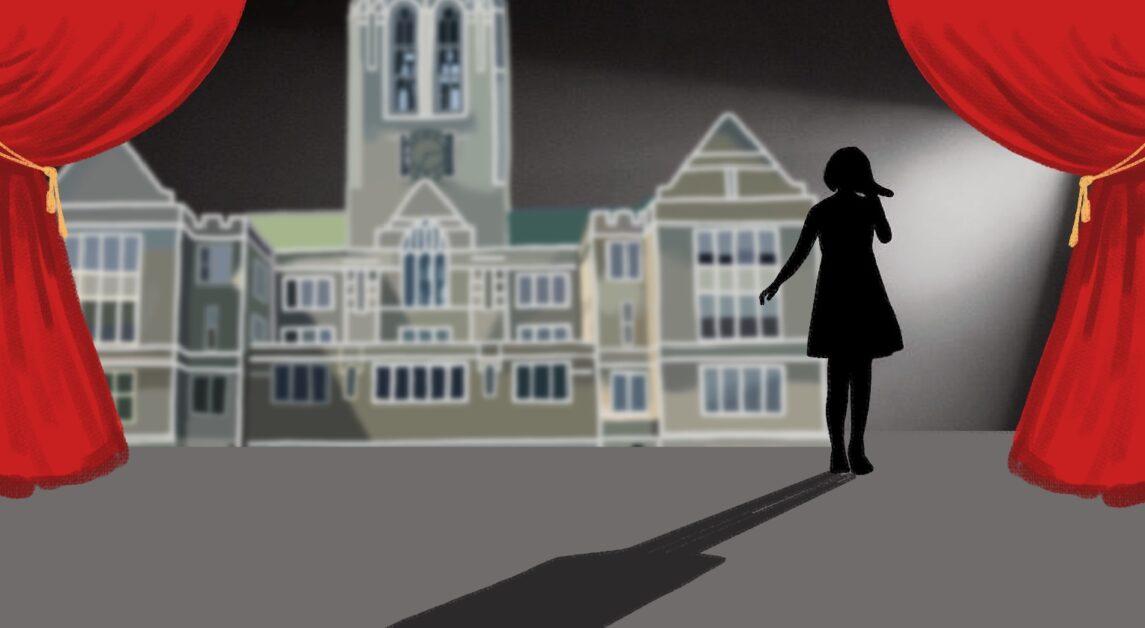No one is resistant to grief. We each simply experience and cope with it in different ways, and in the aftermath of tragic events, we struggle to readjust. I consider myself a legitimately joyful person with healthy coping mechanisms and a strong support system—but I’d be wrong to claim that Megan’s premature death didn’t shake me.
I met Megan early in my childhood, but truthfully I can’t say that I ever knew her. I picture her as a flower, cliched as it sounds, blossoming and falling into early decay. By the time I met Megan, all that remained of that flower was a crinkled, severed petal, quickly losing both color and composition. Through the stories of her earlier friends, I continue to reconstruct an image of this blossoming bud, with her ripe confidence and tendency for carefree mischief. I am comforted by these accumulating images, but they also bring to mind questions regarding identity and autonomy: I wondered often to what degree Megan could control herself as the struggle with her mental disorder worsened.
There were days, weeks, and even months in which Megan experienced severe paranoia that in her mind no logic could debase. She would manipulate those she loved in order to maintain security within this world of shifting alliances. In the process, she alienated herself from those who wanted to help her.
I remember her brown eyes appearing strangely hollow as she accused me of allying against her. I remember the two of us sitting within a crowded Chipotle as if an invisible wall divided us from the rest of civilization, my fingers sweeping the tears from her cheeks as she cried aloud that she felt unloved. I feared her at times, but I also desired fervently to understand her—in my curiosity and love for her, I drew close like a moth to flame.
Grief is complicated because it so rarely travels alone. With Megan’s illness I realized that autonomy can be undermined and that, as a result, individuals are not fixed entities. We are products of our environment to a degree that we cannot comprehend. Even in conversing with others, we respond to their cues and the drives in our subconscious. Yet we are also not without some degree of control. We remain instead within a compromise between the two extremes. In the exceptions to this general rule, we realize the unique nature of this balance: some individuals appear to access greater control, while others appear to run blind. As Megan’s condition progressed, I realized that she was within the latter category.
I wonder often what marks this line between the two extremes of control (controlling one’s situation versus being controlled by it). I come up with theories and note probabilities, but they remain inconsequential in the face of what I perceive as a random force—particularly when I consider the fact that no one is affected by her environment in the same way.
How does one react to this idea of an incomplete autonomy and the dynamics that influence it? Some resolution is necessary so that I don’t fall into extremes of passivity or action—and in my very desire to avoid those extremes I realize some understanding. I know to some extent what I don’t want my life to become, and regardless of the degree of autonomy I possess, I will strongly resist that vision.
I also allow myself to continue to explore this question of autonomy, but I realize that if I allow it to become a source of anxiety, then I will surrender some of my control. To some extent, I have to operate under the assumption that I have autonomy to maintain, and that I have at least the possibility of maintaining it. Regardless of whether this is true (I tend to side with the former), my life cannot proceed as I wish unless I make these assumptions and operate under them.
My grief is not simply remembering a lovely woman who loved deeply and laughed often. It is not purely reacting to her memory with nostalgia or tears. Grief is the process of examining the world in the aftermath of its sudden reversal, and determining how one will react to the parallel shift in understanding.
Featured Image by Francisco Ruela / Heights Graphic


